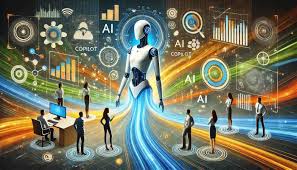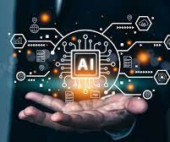The Open-Source Agent Framework Landscape
The Open-Source Agent Framework Landscape: Beyond CrewAI & AutoGen The AI agent ecosystem has exploded with new frameworks—each offering unique approaches to building autonomous systems. While CrewAI and AutoGen dominate discussions, alternatives like LangGraph, Agno, SmolAgents, Mastra, PydanticAI, and Atomic Agents are gaining traction. Here’s a breakdown of how they compare, their design philosophies, and which might be right for your use case. What Do Agent Frameworks Actually Do? Agentic AI frameworks help structure LLM workflows by handling:✅ Prompt engineering (formatting inputs/outputs)✅ Tool routing (API calls, RAG, function execution)✅ State management (short-term memory)✅ Multi-agent orchestration (collaboration & hierarchies) At their core, they abstract away the manual work of: But too much abstraction can backfire—some developers end up rewriting parts of frameworks (like LangGraph’s create_react_agent) for finer control. The Frameworks Compared 1. The Big Players: CrewAI & AutoGen Framework Best For Key Differentiator CrewAI Quick prototyping High abstraction, hides low-level details AutoGen Research/testing Asynchronous, agent-driven collaboration CrewAI lets you spin up agents fast but can be opaque when debugging. AutoGen excels in freeform agent teamwork but may lack structure for production use. 2. The Rising Stars Framework Philosophy Strengths Weaknesses LangGraph Graph-based workflows Fine-grained control, scalable multi-agent Steep learning curve Agno (ex-Phi-Data) Developer experience Clean docs, plug-and-play Newer, fewer examples SmolAgents Minimalist Code-based routing, Hugging Face integration Limited scalability Mastra (JS) Frontend-friendly Built for web devs Less backend flexibility PydanticAI Type-safe control Predictable outputs, easy debugging Manual orchestration Atomic Agents Lego-like modularity Explicit control, no black boxes More coding required Key Differences in Approach 1. Abstraction Level 2. Agency vs. Control 3. Multi-Agent Support What’s Missing? Not all frameworks handle:🔹 Multimodality (images/audio)🔹 Long-term memory (beyond session state)🔹 Enterprise scalability (LangGraph leads here) Which One Should You Choose? Use Case Recommended Framework Quick prototyping CrewAI, Agno Research/experiments AutoGen, SmolAgents Production multi-agent LangGraph, PydanticAI Strict control & debugging Atomic Agents, PydanticAI Frontend integration Mastra For beginners: Start with Agno or CrewAI.For engineers: LangGraph or PydanticAI offer the most flexibility. Final Thoughts The “best” framework depends on your needs: While some argue these frameworks overcomplicate what SDKs already do, they’re invaluable for scaling agent systems. The space is evolving fast—expect more consolidation and innovation ahead. Try a few, see what clicks, and build something awesome! l Like Related Posts Salesforce OEM AppExchange Expanding its reach beyond CRM, Salesforce.com has launched a new service called AppExchange OEM Edition, aimed at non-CRM service providers. Read more The Salesforce Story In Marc Benioff’s own words How did salesforce.com grow from a start up in a rented apartment into the world’s Read more Salesforce Jigsaw Salesforce.com, a prominent figure in cloud computing, has finalized a deal to acquire Jigsaw, a wiki-style business contact database, for Read more Service Cloud with AI-Driven Intelligence Salesforce Enhances Service Cloud with AI-Driven Intelligence Engine Data science and analytics are rapidly becoming standard features in enterprise applications, Read more












